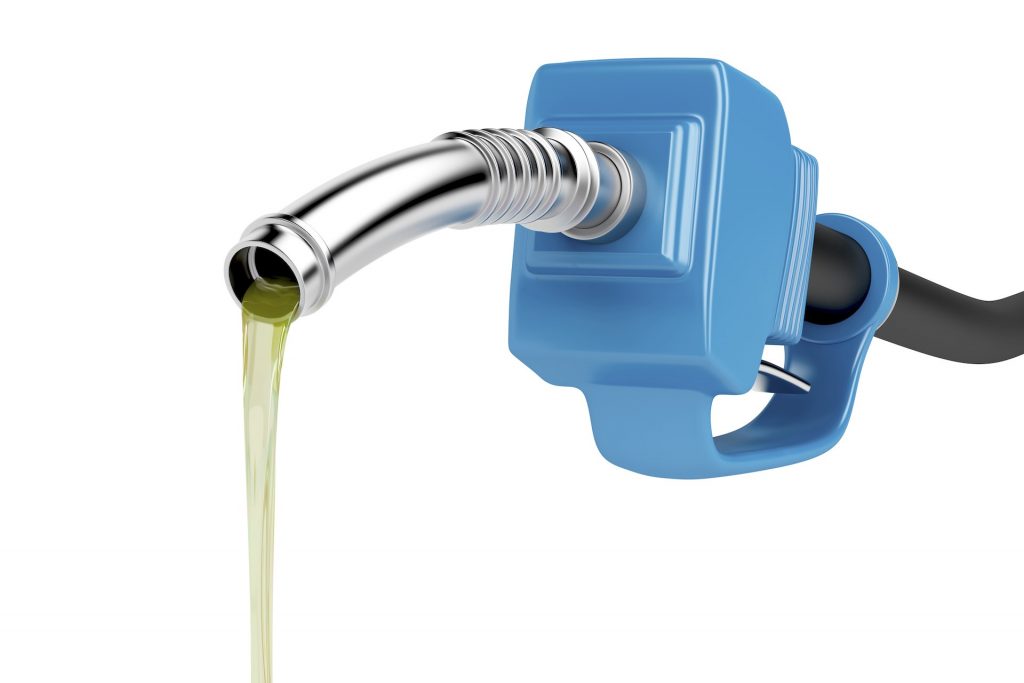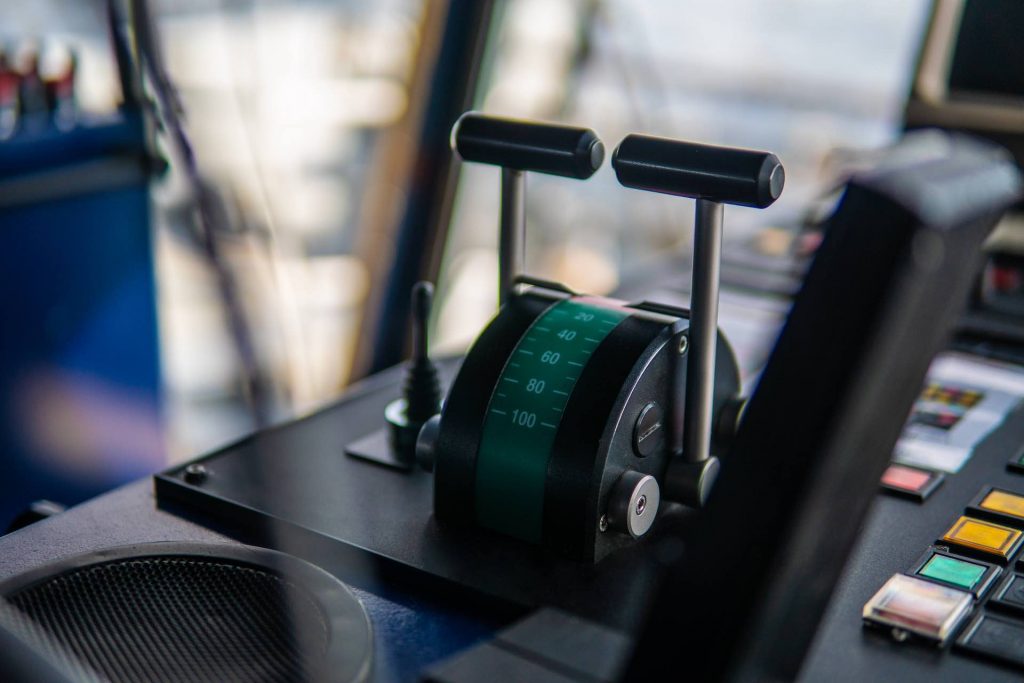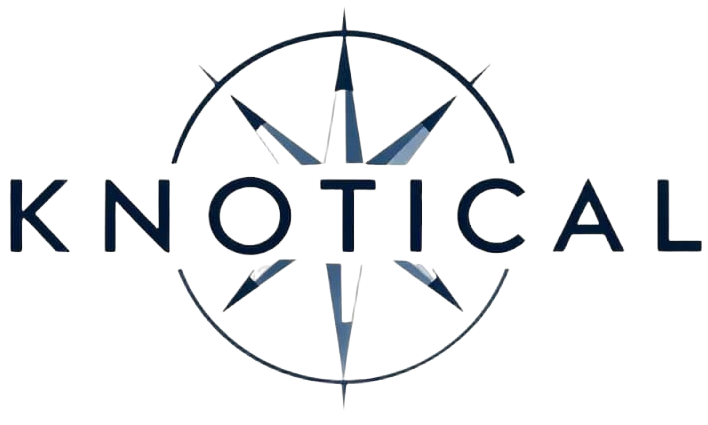Optimizing Fuel Consumption in Shipping: A Path to Cost Savings and Sustainability
Fuel consumption is one of the largest operating costs in the shipping industry, making it a prime target for cost reduction initiatives. As global shipping companies face increasing pressure to minimize expenses while meeting environmental regulations, optimizing fuel efficiency has become crucial not only for cost savings but also for improving sustainability. In this blog, we will explore various strategies and technologies that can help shipping operators optimize fuel consumption and achieve better operational efficiency. UNKNOT TM, a comprehensive vessel management platform, is equipped with features that help streamline these efforts, enabling shipping companies to monitor fuel consumption, optimize routes, and reduce costs effectively.

Investing in Fuel-Efficient Technologies
One of the most effective ways to reduce fuel consumption is by upgrading vessels with fuel-efficient technologies. Several innovations are available today to help shipping companies minimize their fuel usage without sacrificing operational performance.
- Air Lubrication Systems: These systems create a thin layer of air beneath the hull of the ship, reducing drag and improving fuel efficiency. By reducing the friction between the hull and water, vessels consume less fuel to maintain the same speed.
- Hull Modifications: Small changes to a ship’s hull shape can lead to significant reductions in fuel consumption. These modifications help streamline the vessel’s movement through the water, reducing drag and improving speed performance at lower fuel levels.
- Fuel-Efficient Engines: Upgrading engines to more efficient, modern versions can drastically reduce fuel consumption. These engines are designed to use less fuel while providing the same power, leading to long-term savings.
- Energy Saving Devices: Technologies such as exhaust gas boilers, air generators, and fuel-saving propellers help enhance a vessel’s energy use, reducing the overall fuel required to operate.
UNKNOT TM helps shipping companies track the efficiency of fuel-saving devices through its detailed performance analytics, ensuring that each vessel is running at optimal efficiency.

Optimizing Routes for Fuel Efficiency
Fuel efficiency isn’t just about the vessel’s design; route optimization plays a critical role in reducing fuel consumption. By planning smarter routes and utilizing real-time data, shipping companies can save fuel and reduce operational costs.
- Route Planning Software: Today, shipping companies can use advanced routing software that takes into account weather patterns, sea currents, and navigational obstacles to optimize the shortest and most fuel-efficient route. By avoiding adverse conditions and taking the most direct path, vessels can reduce fuel consumption.
- Weather Routing: Real-time weather data allows ships to avoid rough seas, high winds, and strong currents that can lead to higher fuel consumption. For example, a ship that avoids a storm by taking a slight detour can save a significant amount of fuel.
- Speed Optimization: Ships use more fuel at higher speeds, so finding the optimal speed that balances fuel efficiency with delivery times is key. Operating a vessel at a slower speed can reduce fuel consumption significantly over long distances without impacting schedules.
- Using Big Data and Analytics: Companies can collect vast amounts of data from past voyages to analyze fuel consumption patterns and predict the best routes. Leveraging this historical data helps in making more accurate route planning decisions, ultimately saving fuel.
With UNKNOT TM, shipping companies can easily access historical data and optimize routes using advanced analytics that integrate with live operational data, ensuring more accurate route planning and improved fuel efficiency.

Implementing Slow Steaming
One of the simplest yet highly effective ways to reduce fuel consumption is by implementing a practice known as slow steaming. This involves operating ships at lower speeds than their maximum design speed.
- Slow Steaming Benefits: By reducing speed, ships experience a dramatic drop in fuel usage due to the cubic relationship between speed and fuel consumption. For example, reducing speed by just 10% can result in fuel savings of 20-30%, depending on the vessel.
- Challenges: While slow steaming offers substantial savings, it may also impact delivery times, which could be a concern for some cargo types. However, for non-time-sensitive goods, slow steaming can be a very viable solution for cost reduction.
UNKNOT TM provides a platform for managing operational schedules, which allows fleet operators to strategically implement slow steaming without impacting overall logistics and delivery timelines.

Regular Vessel Maintenance
A well-maintained vessel operates more efficiently, uses less fuel, and reduces long-term repair costs. Regular maintenance is essential in ensuring that the engine, hull, and other key components are functioning at peak efficiency.
- Engine Maintenance: Regular cleaning of engine parts, monitoring oil levels, and replacing worn-out components ensures that the engine runs smoothly and efficiently, reducing fuel consumption.
- Hull Cleaning: Over time, barnacles and other debris can accumulate on a vessel’s hull, increasing drag and fuel consumption. Regular hull cleaning can prevent this, ensuring that the ship glides through the water with minimal resistance.
- Propeller Maintenance: The propeller is one of the most important parts of the vessel in terms of fuel efficiency. Ensuring that the propeller is properly aligned, cleaned, and in good condition ensures that the ship’s fuel usage remains optimal.
UNKNOT TM helps fleet managers stay on top of maintenance schedules and ensures that all required checks and maintenance are completed on time, reducing the risk of inefficient operations due to neglected maintenance.
Monitoring Fuel Consumption with Technology
Finally, shipping companies can leverage technology to continuously monitor fuel consumption and identify inefficiencies. By tracking fuel usage in real-time, operators can make adjustments as needed to optimize consumption.
- Fuel Monitoring Systems: Modern fuel monitoring systems can track a vessel’s fuel consumption in real-time, allowing operators to identify areas of inefficiency and take corrective action. These systems help with analyzing trends, comparing fuel consumption against voyage performance, and fine-tuning fuel management strategies.
- IoT and Automation: The Internet of Things (IoT) can connect various systems on the vessel to provide comprehensive data on fuel consumption, engine performance, and other operational factors. Automated systems can adjust parameters based on this data, ensuring that the vessel operates efficiently without constant manual intervention.
UNKNOT TM enables real-time fuel monitoring and provides detailed insights through its integrated platform, allowing fleet operators to make data-driven decisions that optimize fuel consumption across their entire fleet.
Optimizing fuel consumption is not only critical for reducing operational costs in the shipping industry but also for minimizing environmental impact. By investing in fuel-efficient technologies, optimizing routes, implementing slow steaming, maintaining vessels properly, and embracing alternative fuels, shipping companies can significantly cut down on their fuel usage. These efforts will not only help companies save money but also contribute to a more sustainable and environmentally friendly shipping industry.
With UNKNOT TM enables real-time fuel monitoring and provides detailed insights through its integrated platform, allowing fleet operators to make data-driven decisions that optimize fuel consumption across their entire fleet.
, fleet operators can seamlessly integrate these strategies, track their performance, and make data-driven decisions to drive further cost savings and improve sustainability.

